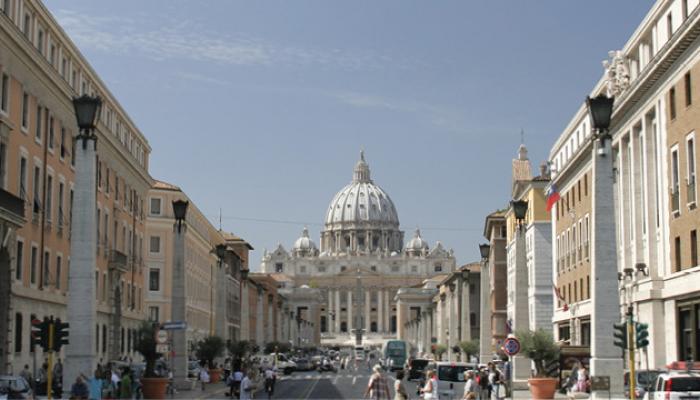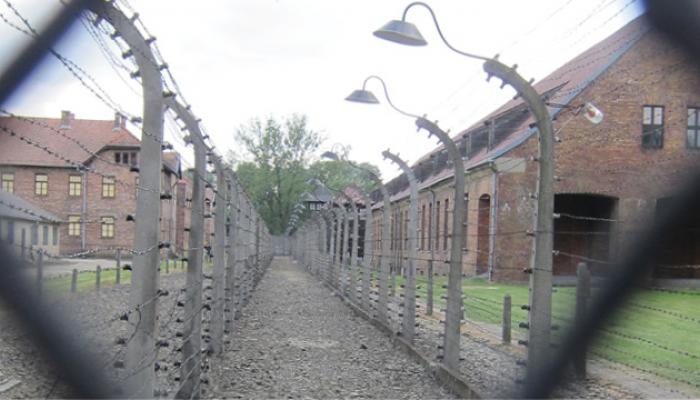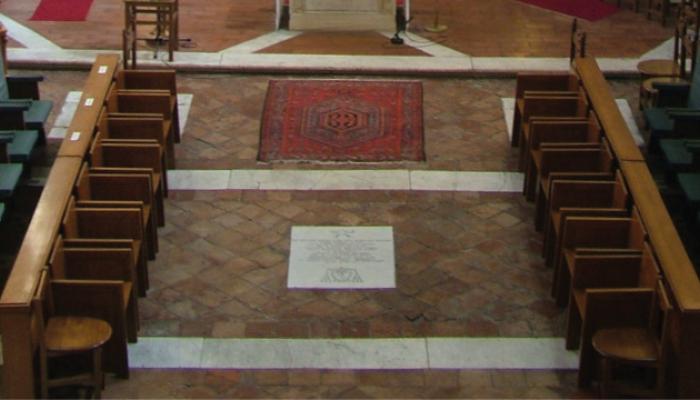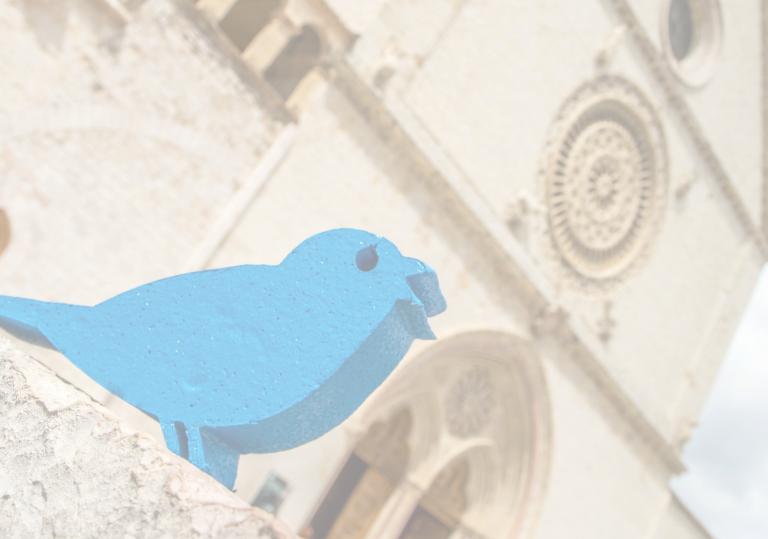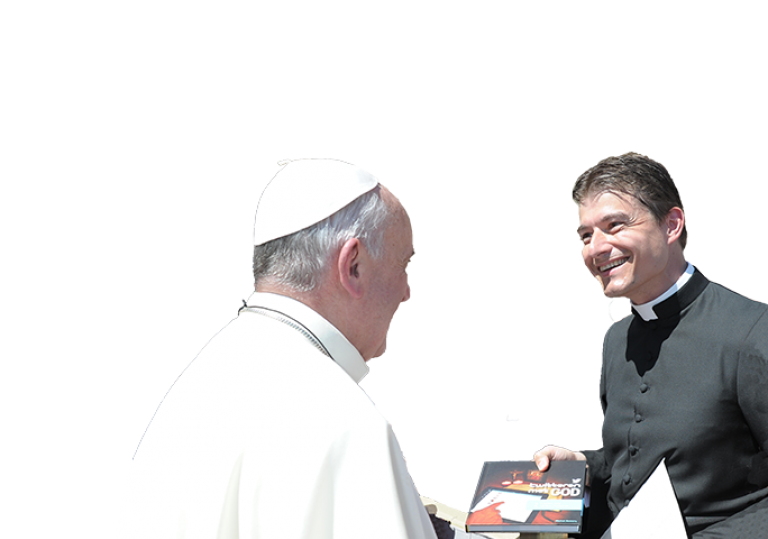
2.49 Che cosa accadde dopo il Concilio Vaticano II?
La maggior parte delle persone erano entusiaste del mettere in pratica le nuove idee del Concilio Vaticano II. In alcuni paesi, Paesi Bassi inclusi, la focalizzazione sul cambiamento fu a volte eccessiva, con l’innovazione che diventava un traguardo a sé stante invece che un mezzo per rafforzare la fede in Gesù.
È degno di nota che particolarmente in questo periodo un gruppo relativamente consistente di preti e religiosi infranse i voti e rinunciò alla propria vocazione religiosa. Tuttavia dopo il Concilio sorsero anche molte nuove congregazioni e movimenti laici. Molte di queste congregazioni e movimenti si focalizzarono in modo consapevole sulla diffusione del Vangelo di Gesù.
It can be said that Christianity, at its birth, brought the principle of religious freedom into the world. Yet the interpretation of this right to freedom in the context of modern thought was not easy, since it could seem as if the modern version of religious freedom presupposed the inaccessibility of the truth to man and so, perforce, shifted religion into the sphere of the subjective. It was certainly providential that thirteen years after the conclusion of the Council, Pope John Paul II arrived from a country in which freedom of religion had been denied by Marxism, in other words by a particular form of modern philosophy of the State. [Pope Benedict XVI, Reflections on Vatican II, 2 Aug. 2012]

